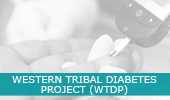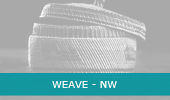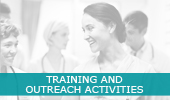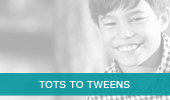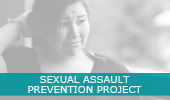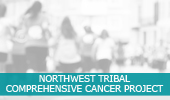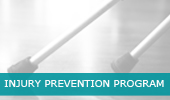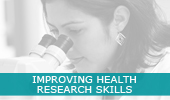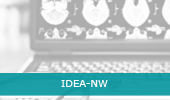Tribal Health – Reaching out InVolves Everyone (THRIVE)
The suicide prevention project at the NPAIHB is THRIVE which stands for Tribal Health: Reaching out InVolves Everyone. THRIVE works to reduce suicide rates among American Indians and Alaska Natives living in the Pacific Northwest by increasing tribal capacity to prevent suicide and by improving regional collaborations. Staff provides programmatic technical assistance, suicide prevention training, and resources to the Northwest Tribes. Specific project activities include:
Zero Suicide Model (ZS) – “The Zero Suicide Model relies on a system-wide approach to improve outcomes and close gaps. Success is achieved when clinical teams embrace the understanding that suicide deaths are preventable in their organization; and when patients feel comfortable disclosing suicide risk and work with clinic staff to lower that risk. The Model is based on the realization that suicidal individuals often fall through multiple cracks in a fragmented and sometimes distracted health care system, and on the premise that a systematic approach to quality improvement is necessary” (sprc.org). THRIVE currently has three tribal pilot clinics implementing the ZS model and are recruiting additional sites to receive a site-specific ZS training in 2016.
Training and Presentations – Project staff can facilitate trainings and presentations around the topic of suicide and are trainers of a couple of popular suicide intervention gatekeeper trainings. The two trainings we currently can offer at low- or no-cost are QPR (Question Persuade Refer) and ASIST (Applied Suicide Intervention Skills Training). To request a training or presentation please contact project staff, Colbie Caughlan at ccaughlan@npaihb.org or Lael Tate at ltate@npaihb.org.
Preventing Injury through Social Marketing – Several learning and health communication theories support the use of culturally-tailored media to increase behavior change. Tailored information is more likely to be read, understood, perceived as personally relevant, and remembered. Cultural tailoring is particularly important when addressing sensitive health topics, like suicide and sexual health. To view the social marketing campaigns please check out the Social Marketing Campaigns webpage.
Annual THRIVE Conference – This annual summer conference is for Native youth ages 13-19 from all over Indian Country. The conference brings youth together to learn about health promotion and disease prevention with a strong focus on suicide prevention and mental health. To learn more about the 2020 THRIVE Conference please click here.
























